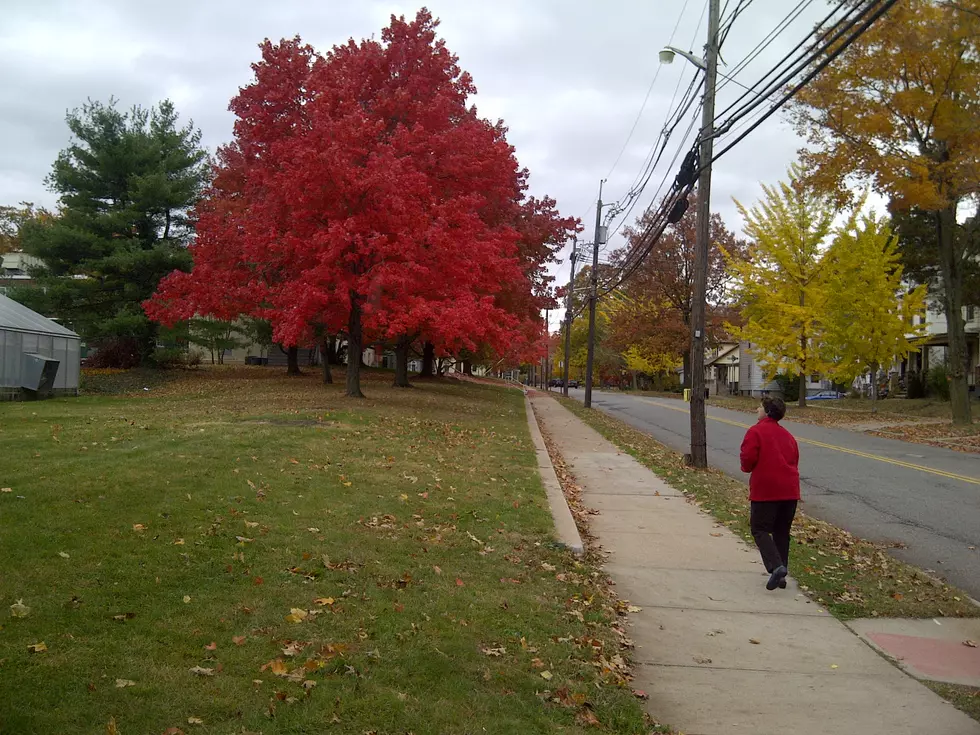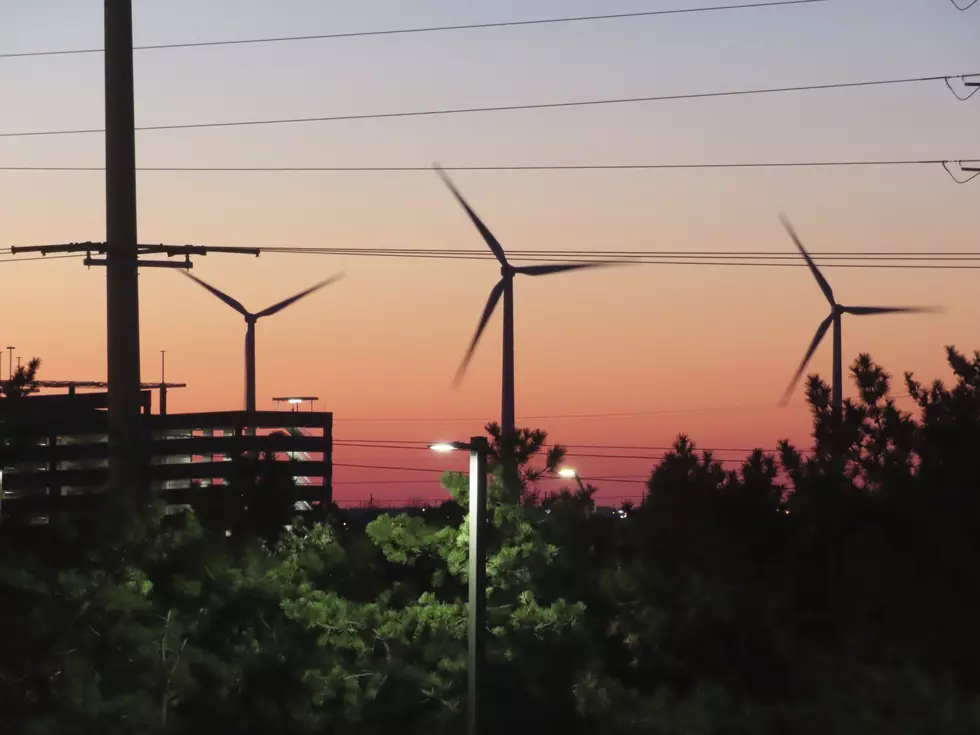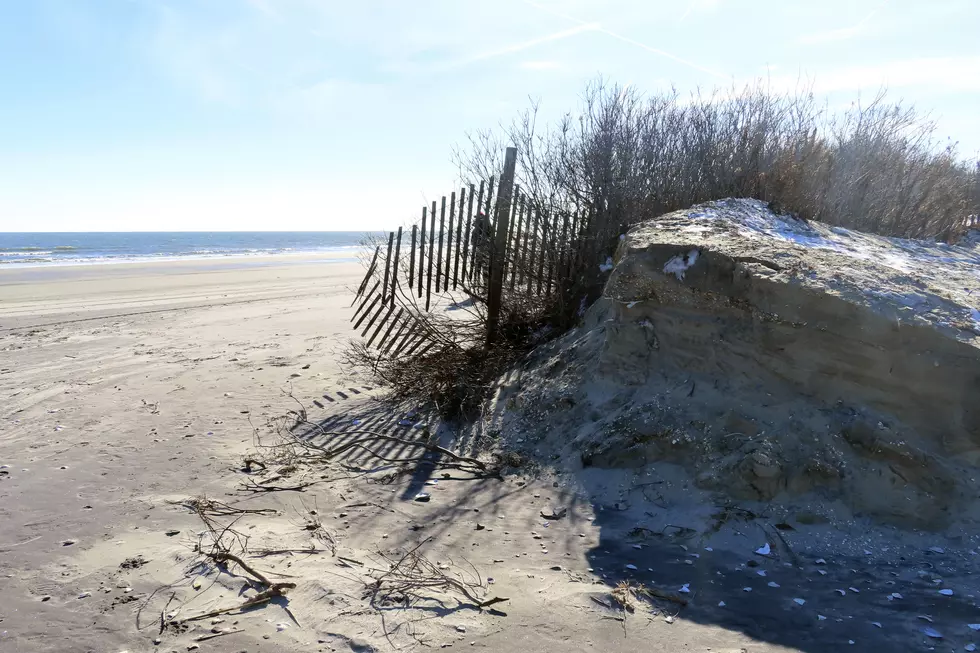
No pretty leaves this year? Your guide to NJ fall foliage
When do you consider it autumn? When you flip the calendar to Sept. 21? When everyone is in hayride, pumpkin, and apple picking overload? Or is it without a doubt fall when the leaves turn bright colors of red, yellow, and orange?
This summer’s drought-like conditions in New Jersey have many people concerned about the fall foliage season here in the Garden State, especially since many leaves started to turn colors prematurely.
Drought impact on foliage
There was some leaf loss due to the drought, said Jason Grabosky, professor of urban forestry in the Department of Ecology, Evolution and Natural Resources in the School of Environmental and Biological Sciences at Rutgers University.
It created some early fall colors but that is something that tends to happen every year, he said. Besides the hot, dry temperatures, there has also been insect activity that hit certain tree species, so leaves were lost that way too, Grabosky said.
“With things such as beech leaf disease and emerald ash borer, we have major groupings of trees that have lost their leaves. It has to do with insects as much as it has to do with heat and dry,” he said.
According to The Plant and Pest Advisory Rutgers Cooperative Extension, the initial symptoms of beech leaf disease (BLD) include dark-green striped bands between the veins and leaves. The banded areas usually become leathery to the touch, and leaf distortions such as curling and crinkling are observed.
But that being said, if there are leaves now that are green, they are going to probably give a decent fall color. They may be a little more yellow, than red in some species, according to Grabosky.
Peak foliage season in NJ
October 10 should be peak fall foliage season in most of the state of New Jersey, except along the Delaware river or in the northwest portion of the state. That should be around October 17, Grabosky said.
“If the leaves are healthy, if they made it through the drought, they’re healthy enough, if they’re green, as long as we have cool nights and sunny days, we’ll get more red. If we have a lot of cloudy weather, we’ll get more yellow,” Grabosky explained.
The first fall-colored leaves in the state should be seen in drier areas, starting in Central Jersey, the coast, then moving inland, he said.
Temperature and water play vital roles in a successful fall foliage season. Leaves are green because they create chlorophyll. That is based on the cues as far as the day length, Grabosky said.
The day length means those first weeks in October, have always been the peak fall foliage weeks and will continue to be the peak fall foliage weeks.
Why the leaves turn different colors
As far as the yellow leaves, he said they come out because when the temperatures get cooler and the days get shorter, the trees stop building chlorophyll. So, as the green goes away, you’ll see the yellow that’s always been there. With warmer temperatures, you’ll get a little more yellow because the leaves will last a bit longer.
The red leaves are usually built up with cool nights and clear, sunny days. “If you don’t have sunny days, you’re not going to get as much red because you need that energy from the sun to do what needs to be done to develop those chemicals,” Grabosky said.
While he’s partial to checking out maples and oaks in the northwestern part of New Jersey, along with the elevation, water, and topography of the area, there are so many places in New Jersey to enjoy the fall foliage.
He said to go outside and appreciate what you can see. It’s always going to be beautiful somewhere.
While New Jersey is going to be OK, Grabosky said it will be a different fall foliage season because a lot of trees were damaged from the heat and the drought. Some of that is insect-based and some of that is weather-based.
“But with the leaves that are healthy now, if you see a lot of leaves now, you’re going to have some decent color,” he added.
Also, keep in mind that in central Jersey where there are a lot of beech trees that died because of beech leaf disease they are not going to produce any colored leaves this fall, he said.
They’ll just be like a gray-ghosting against the fall foliage of the trees that remain, which actually could be pretty cool to check out.
Jen Ursillo is a reporter and anchor for New Jersey 101.5. You can reach her at jennifer.ursillo@townsquaremedia.com
Click here to contact an editor about feedback or a correction for this story.
See 20 Ways America Has Changed Since 9/11
More From New Jersey 101.5 FM









